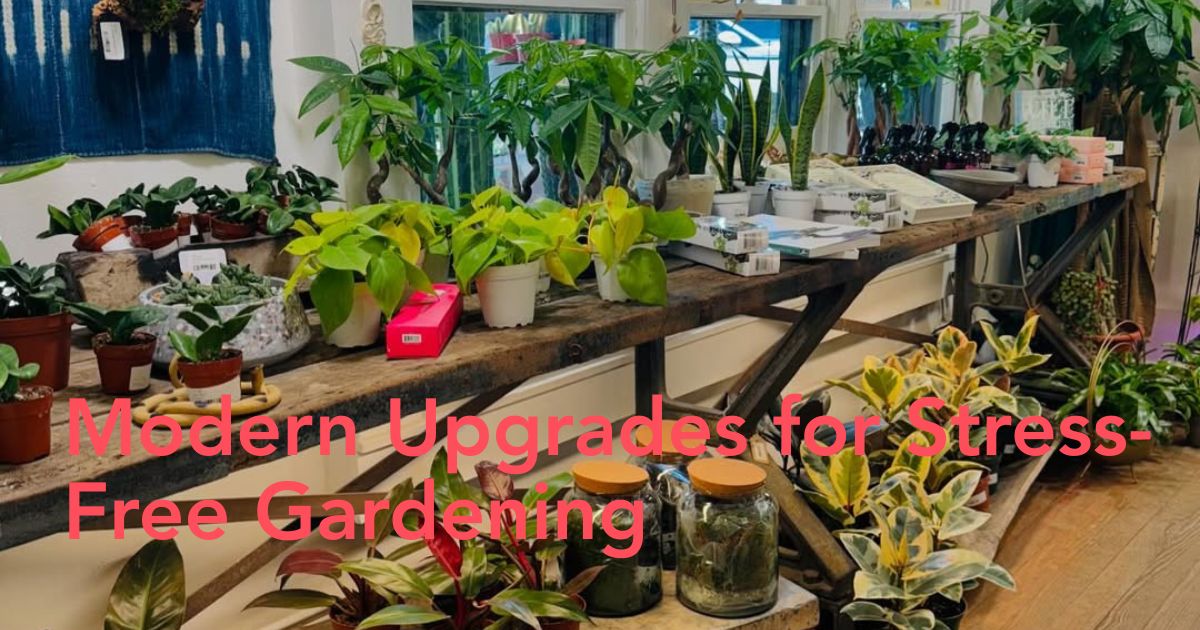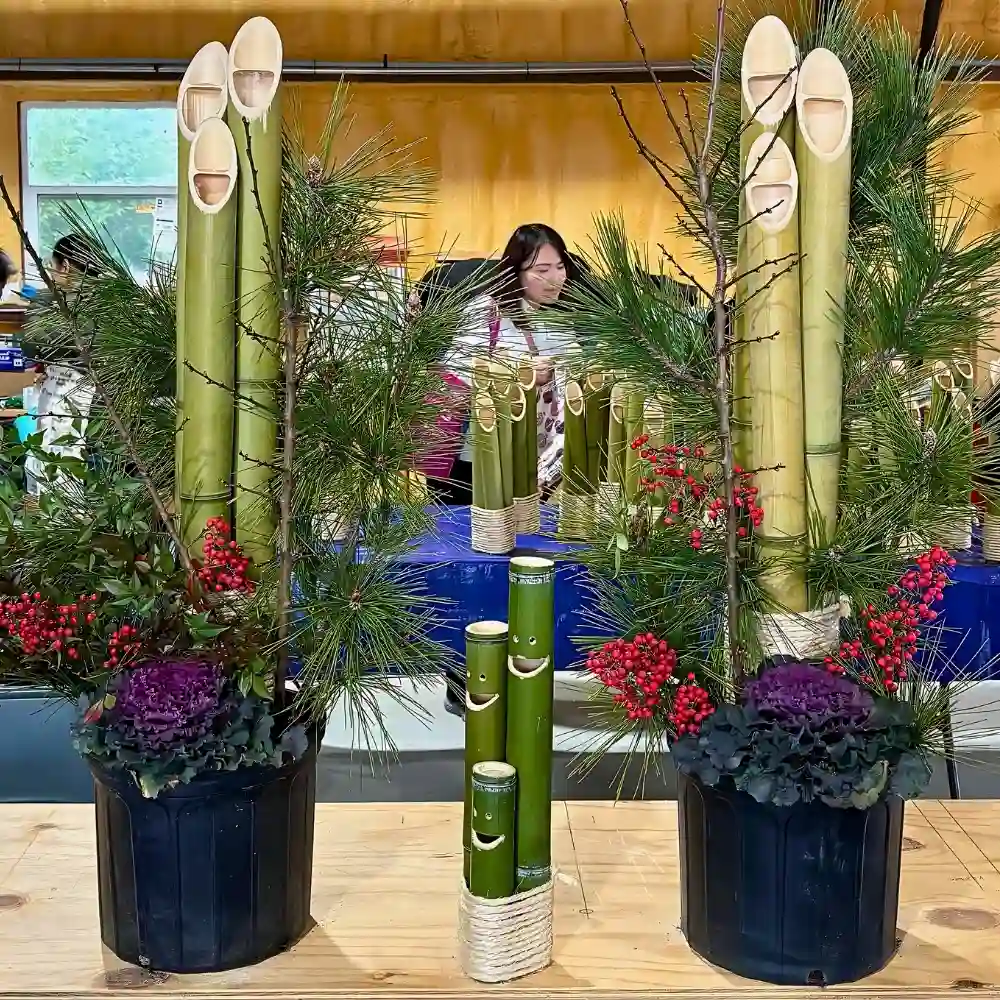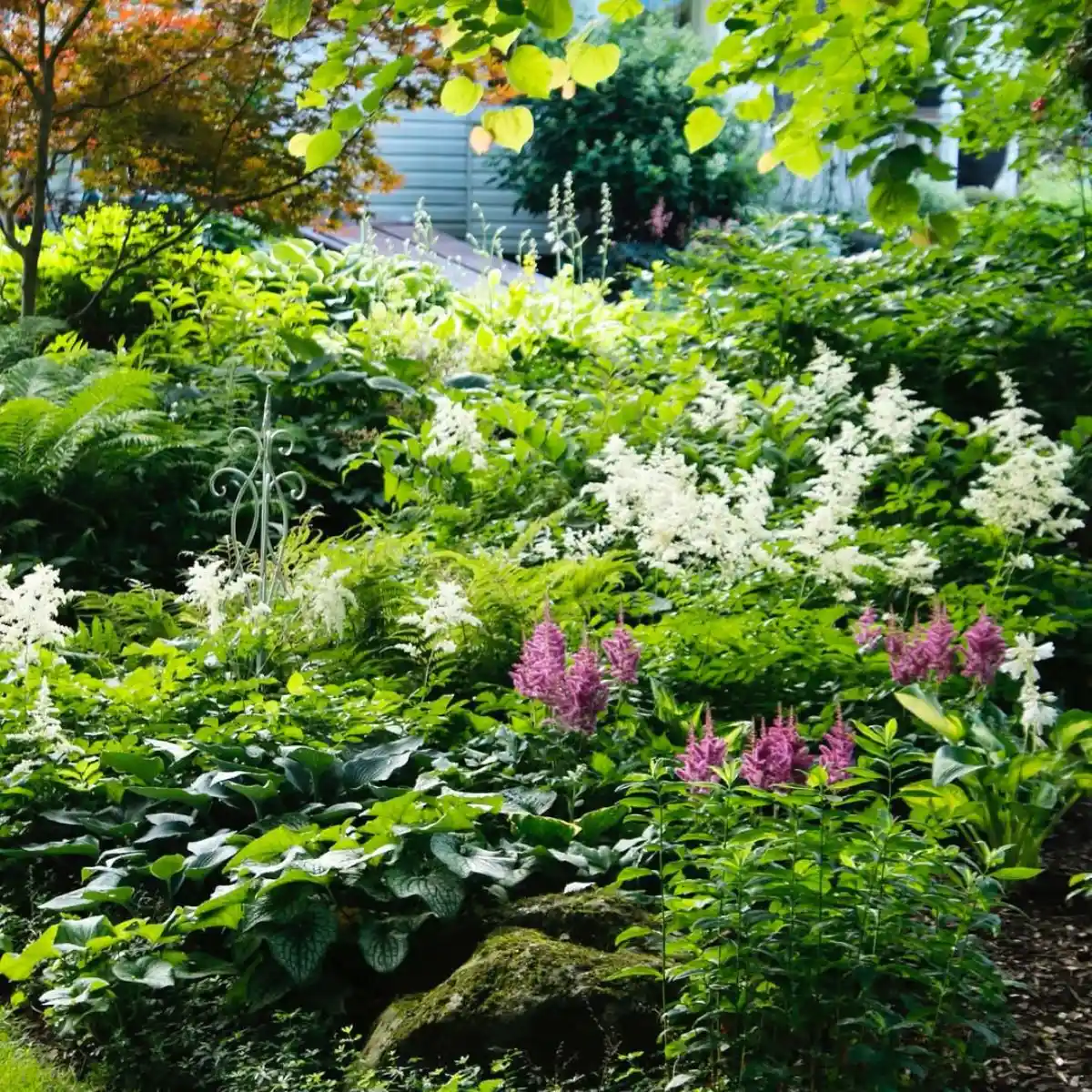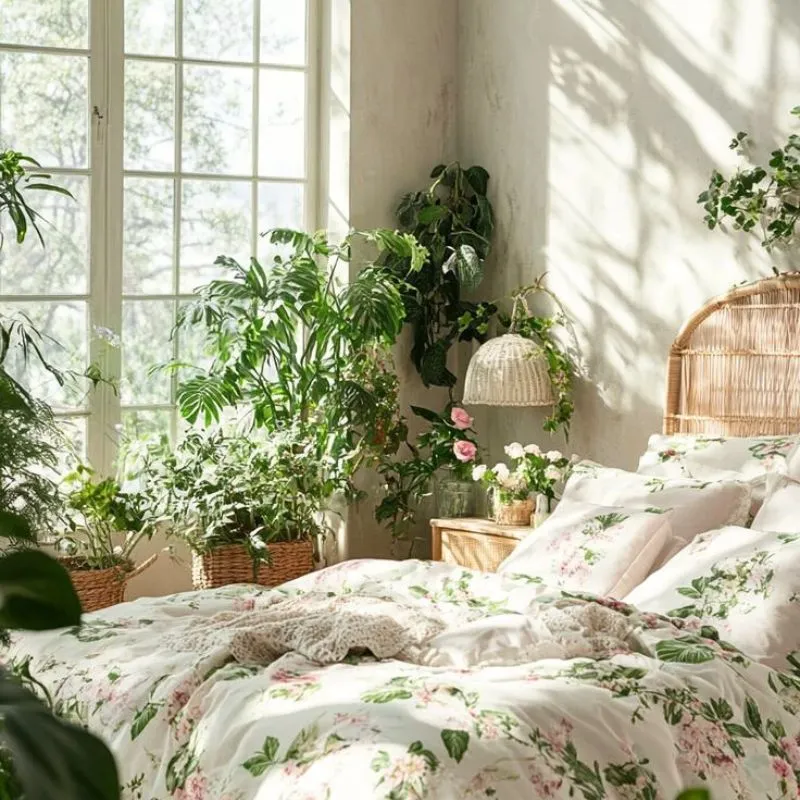Greenhouses used to be simple shelters. A smart greenhouse makes plant care smoother, steadier, and far less stressful. It blends everyday gardening with clever tools that handle the hard work and keep plants healthy with less oversight.
Upgrades aren't meant to make gardening complicated. They simply make the process smoother, more enjoyable, and more forgiving. With the right upgrades, smart greenhouses act like an extra set of hands and eyes, even when you're away.
You can find more knowledge here: Contemporary Gardens Offer a Fresh Take on Modern Outdoor Living
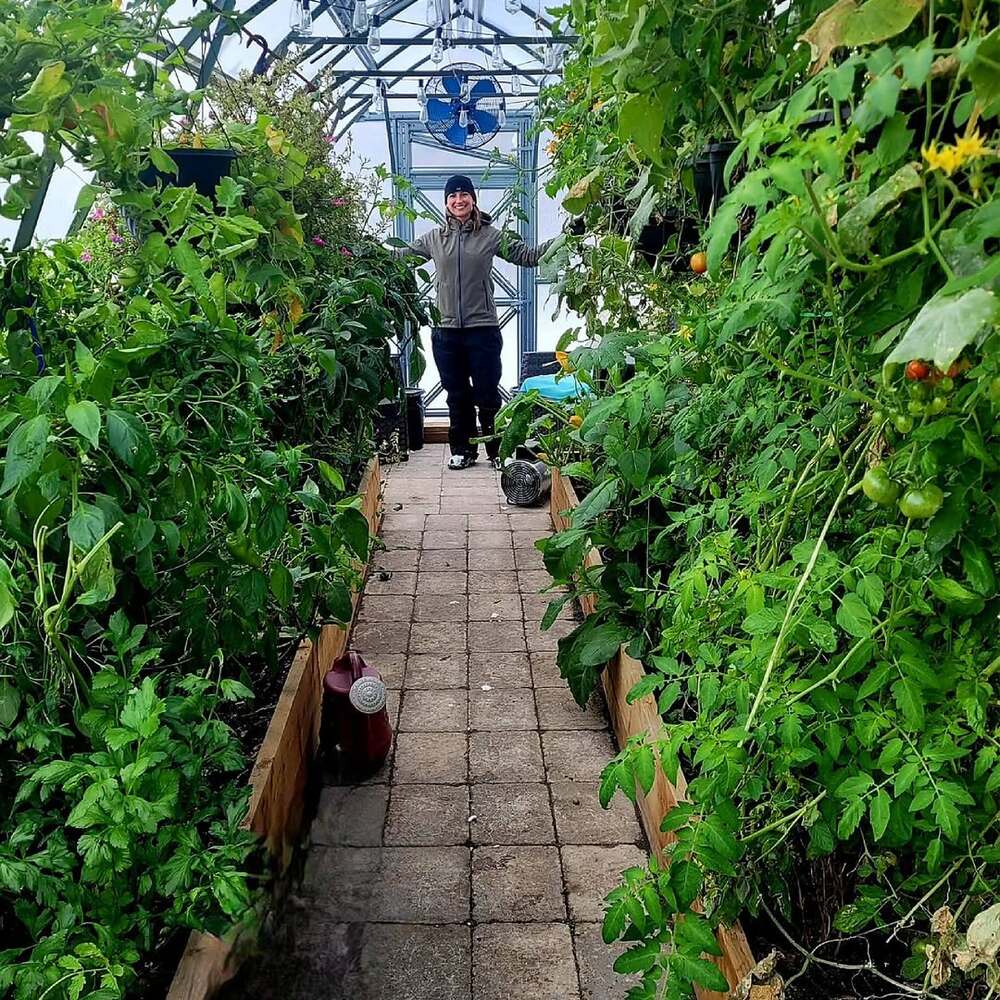
Security, Structure, and Future-Proofing
A greenhouse often holds expensive tools and rare plants. Smart security uses cameras, motion sensors, and controlled access while keeping the space inviting. Adding smart technologies for protection creates peace of mind without sacrificing comfort.
A facial recognition smart lock adds a higher level of control. Some trusted devices automatically scan your face and unlock the door with built-in AI accuracy. The data stays encrypted on the device, keeping privacy safe while limiting access to only trusted users.
Structural Monitoring
Snow, wind, and daily use put pressure on the frame. Structural sensors detect bending or stress early, so repairs happen before damage spreads. Safety stays high without constant inspections.
Modular and Scalable Design
Smart greenhouses should grow as your needs evolve. Modular sensors, wireless devices, and open-source platforms make upgrades easy. You can add tools gradually; an automation system helps new devices integrate smoothly.
Portable Components
Some setups even support relocation. Lightweight benches, flexible tubing, and detachable sensors make rearranging simple. Perfect for renters or gardeners who like to experiment with layout.
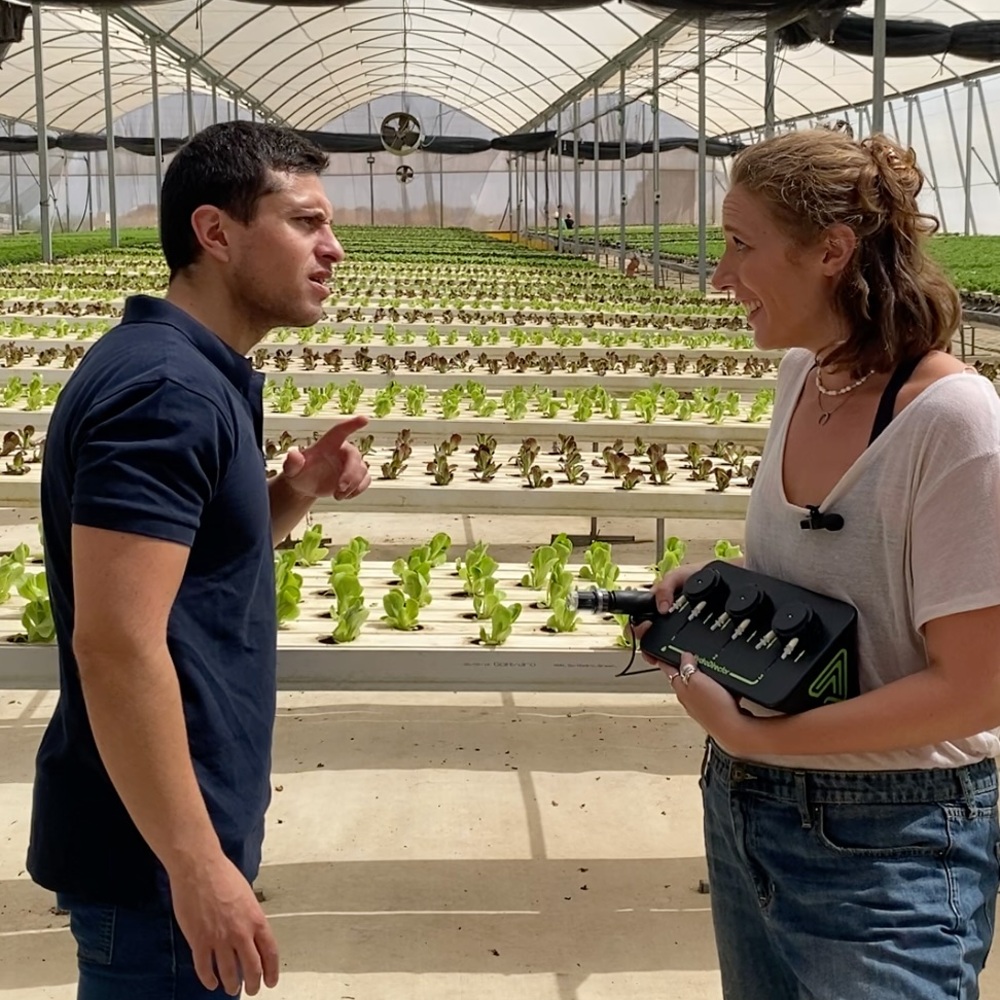
Climate and Environmental Control
Plant health often comes down to one thing: stability. Temperature swings and humidity drops can undo weeks of progress. Smart sensors monitor changes and adjust airflow or heat early, making them key to climate control.
Zoned Microclimates
Not all plants want the same environment. Some love heat, others prefer cool shade. Smart zoning turns one greenhouse into several growing areas by dividing the space into sections. This flexibility also supports fruit gardens, since berries or citrus may need different warmth or airflow than leafy greens.
For example:
- Tropical zone with steady warmth
- Seedling zone with cooler, gentler airflow
- Shaded zone for light-sensitive plants
With directional vents and focused airflow, each area gets what it needs without affecting the others.
Smart Shading and Light Diffusion
Bright sunlight is great until it burns the leaves. Smart shading systems activate on their own when light becomes too harsh. Some roofs use diffusing films that soften glare and spread brightness more evenly. Plants stay comfortable without constant tending or manual clipping.
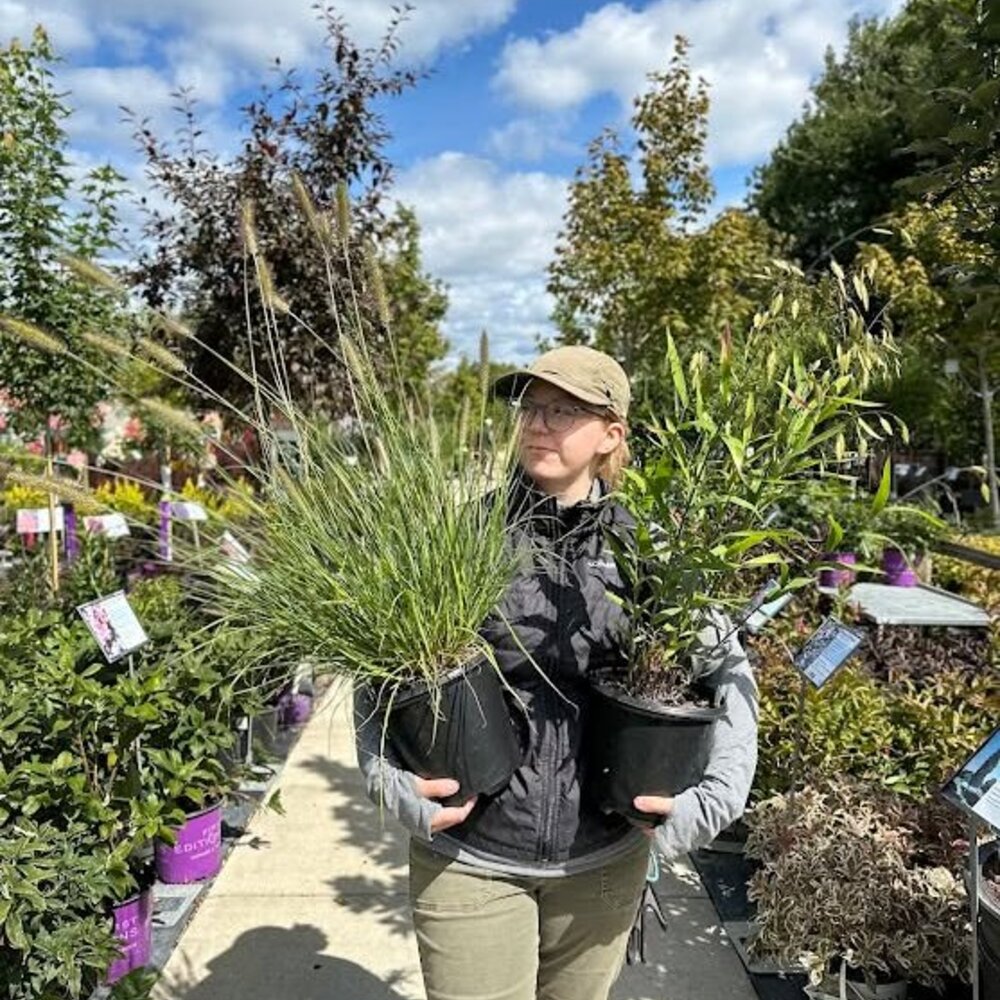
Water and Humidity Management
Overwatering ruins roots, while underwatering stalls growth. Most plant issues start with watering, so a smart greenhouse uses irrigation systems to deliver water with precision.
Sensor-Based Watering
Moisture probes sit right at the root zone. When the soil dries to a certain point, watering begins gently. When conditions look good, the system pauses. Seedlings get lighter watering while mature plants get deeper drinks. It saves time, water, and stress using soil moisture sensors for precision.
Water Recapture and Recycling
Why waste water when you can reuse it? Sloped floors or catch trays collect runoff into storage tanks. UV filters or biofilters clean it for reuse. Add a rainwater barrel, and the greenhouse nearly supports itself. It stays sustainable and affordable when paired with water tanks that store and distribute recycled water.
Precision Misting for Humidity
Humidity can make or break plant health. High-pressure mist cools the air in hot weather. Low-pressure mist keeps leaves hydrated during dry spells. When misting syncs with ventilation, you get moisture without mold.
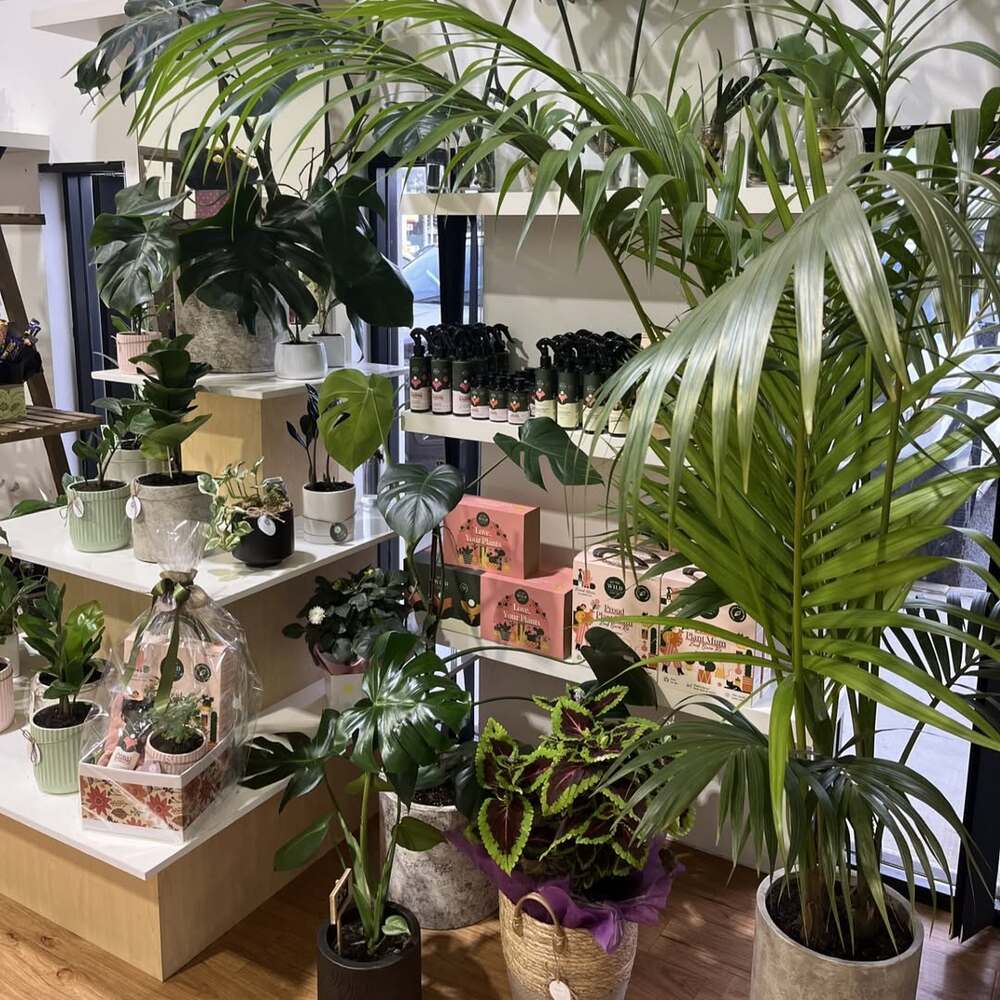
Lighting and Energy Efficiency
Light should influence how plants develop, from their growth speed to flavor and flowering. Smart greenhouse lighting focuses on quality, not just brightness. These systems are now a major part of modern greenhouse technology.
Adaptive Light Scheduling
Plants love predictable light. Smart timers mimic sunrise and sunset instead of blasting bulbs on full power instantly. If a cloudy day lowers natural light, the system extends the cycle to keep growth steady. The rhythm feels familiar to the plants, and the outcomes reflect that steady routine.
Balanced Light Coverage
Uneven light makes plants stretch or lean. Light mapping tools show where shadows fall, so fixtures can be moved. Movable LED light bars or pivot mounts even out coverage without needing major rewiring. Plants grow stronger and fuller.
Energy-Saving Upgrades
Electric bills add up fast in a greenhouse. Smart plugs track power use and turn equipment off when goals are met. Some gardeners install solar panels or thermal storage materials that capture heat during the day and release it later. The ecosystem stays balanced with less energy.
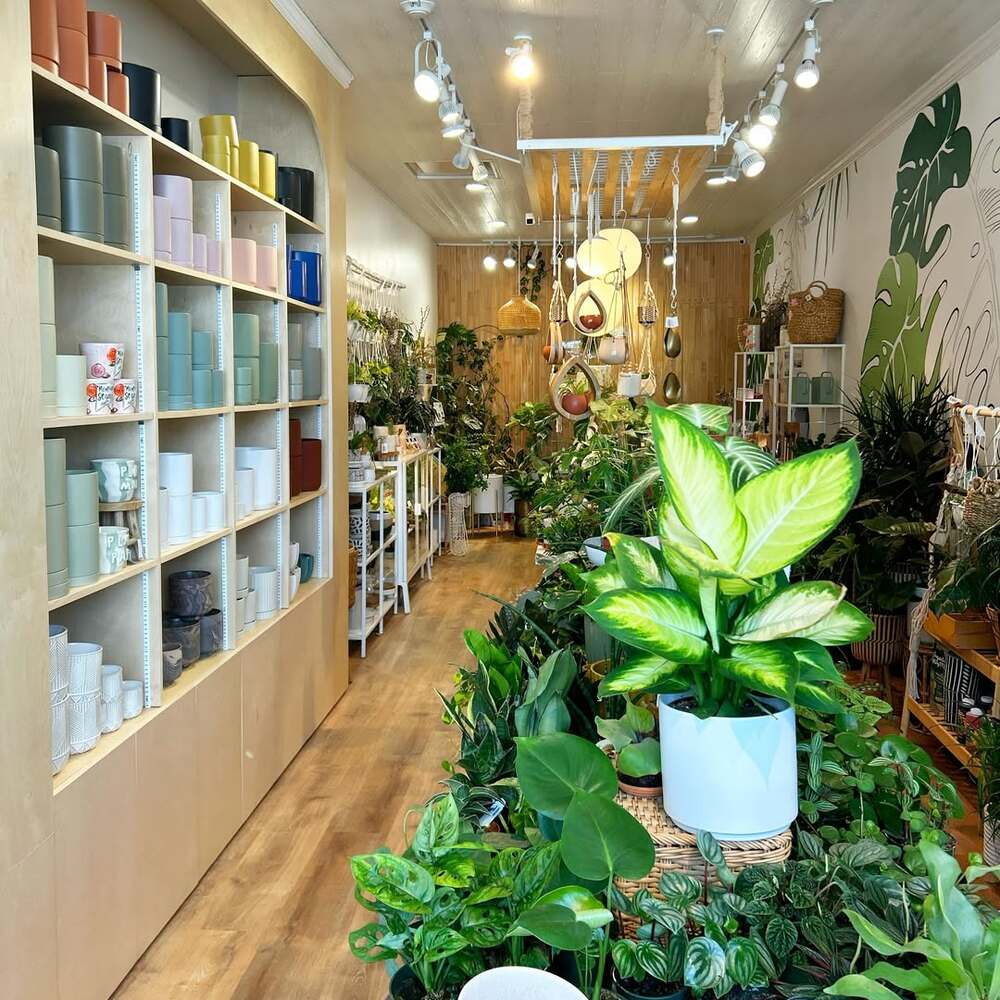
Data, Monitoring, and Automation
Imagine having a greenhouse that tells you what it needs before a problem occurs. That's the power of data and automation.
A smart greenhouse dashboard shows temperature, humidity, light, and moisture in one place for easy control. Trends become easier to spot, and decisions become easier to make.
Historical Insights
Data reveals patterns that gardeners might miss. Maybe humidity spikes every August. Maybe one tomato variety always produces better in the west corner. Looking back helps growers adjust forward.
Automation and Robotics
Repetitive work wears you down. Automation steps in with tools like:
- Robotic watering or misting systems
- Camera units that scan plant health
- Potting and transplant stations that prep seedlings
Automation removes tiring tasks, allowing gardeners to focus on what matters most. Some growers even add drip irrigation lines to deliver water directly to the roots efficiently.
Advanced Monitoring
Plant-first monitoring goes beyond climate. Leaf sensors check stress levels. Chlorophyll meters detect health changes early. Some systems even listen for pests using acoustic sensors at night. Early alerts mean quicker fixes and fewer losses.
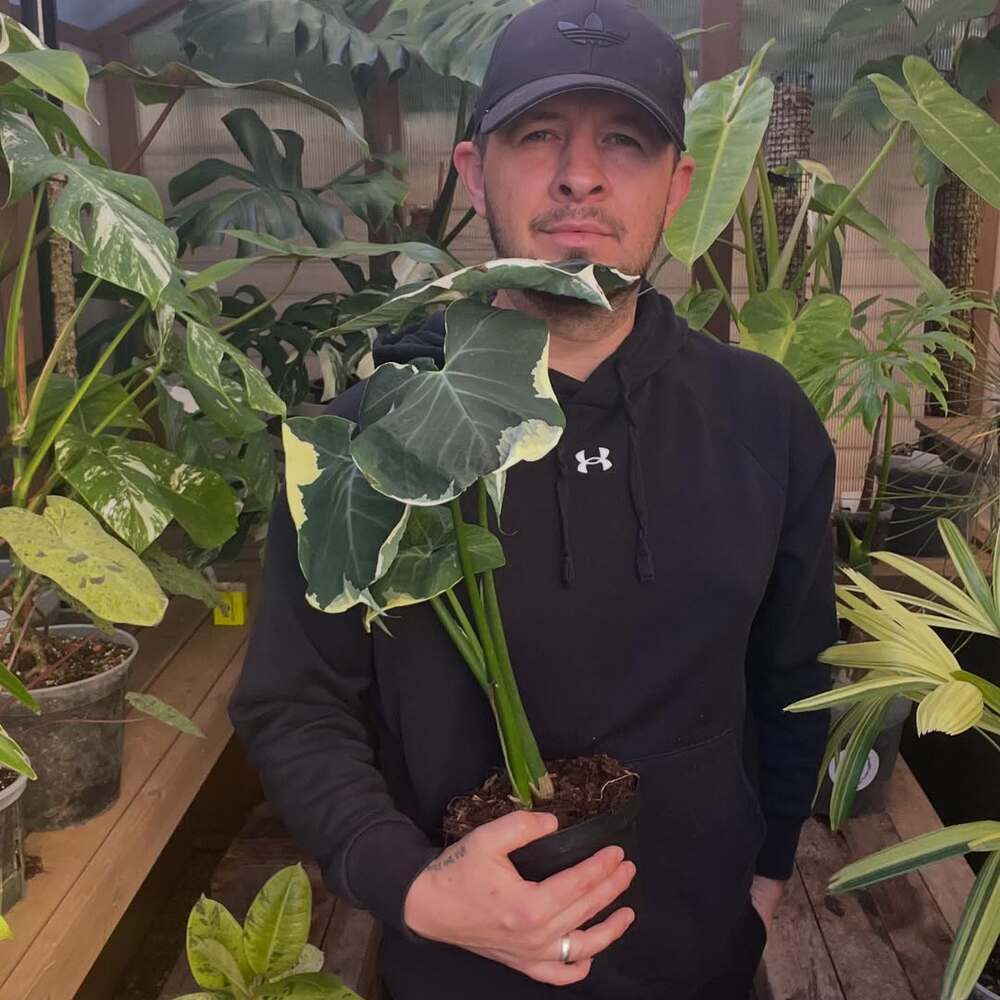
Integration and Workflow Upgrades
A smart greenhouse shouldn't stand alone. When connected to the rest of your gardening setup, everything just works better.
Outdoor beds, indoor grow tents, and the greenhouse can share data. If outdoor temperatures drop, seedlings move inside temporarily. Adjustments become fluid instead of chaotic.
Efficient Layouts
A messy layout slows everything down. Digital floor plans help place benches, tools, and paths for maximum comfort. Smart labels or RFID tags track plant trays and remind you when to harvest or rotate. Workflows stop feeling like guesswork.
User-Friendly Interfaces
Not every gardener enjoys tech. Smart greenhouse platforms now offer modes for different skill levels. Beginners can use presets. Meanwhile, advanced users can fine-tune everything.
Voice Assistance and Alerts
Busy hands? Just say 'open the vent' or 'start misting.' Voice control makes managing the greenhouse effortless. Real-time alerts report temperature drops or equipment issues so you can respond quickly, even from a distance.
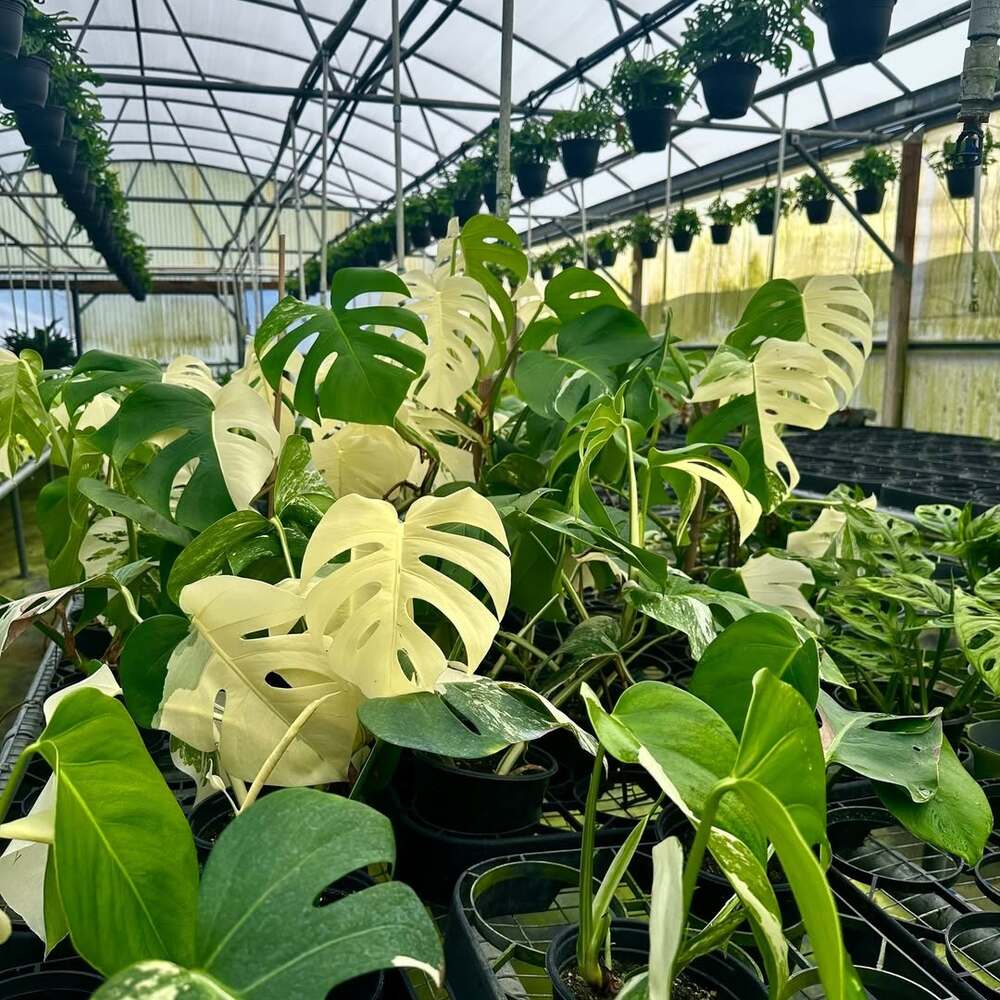
A Smart Greenhouse
A smart greenhouse keeps the joy of gardening intact and adds support when plants need it most. Technology handles timing, climate, and routine tasks so plants stay healthy and gardeners relax. The experience becomes smoother, more rewarding, and much easier to maintain.
No huge budget or tech expertise required. Start with one smart sensor or small automation tool. Each upgrade creates a smarter, steadier space that adjusts to every season and supports your gardening goals.

